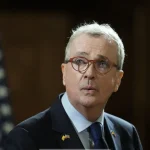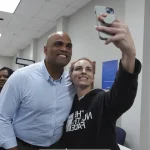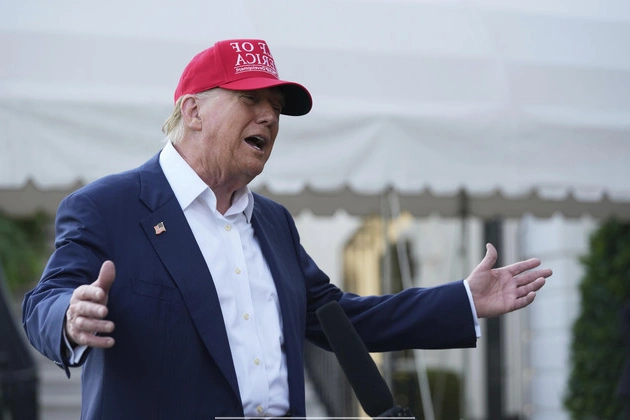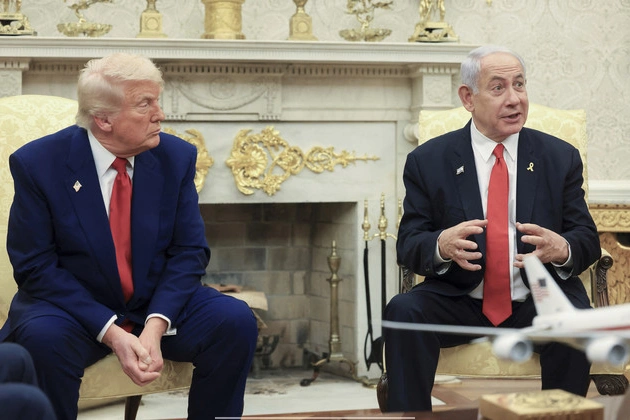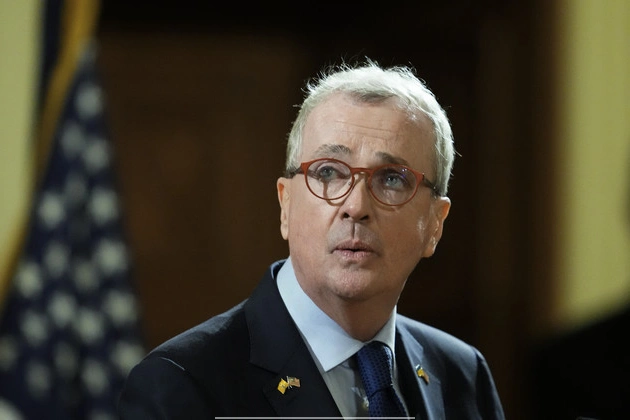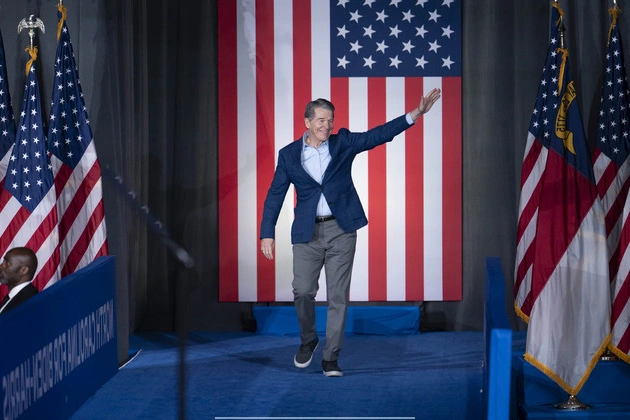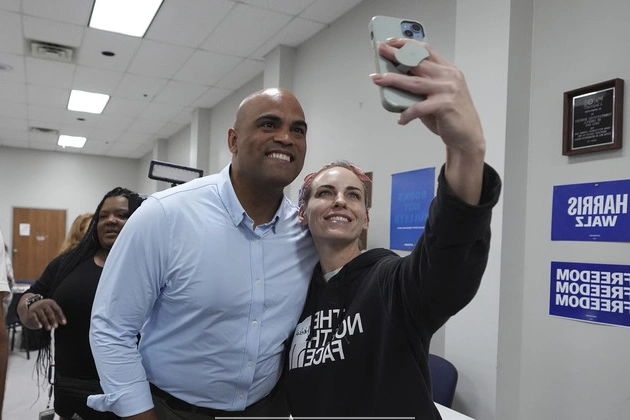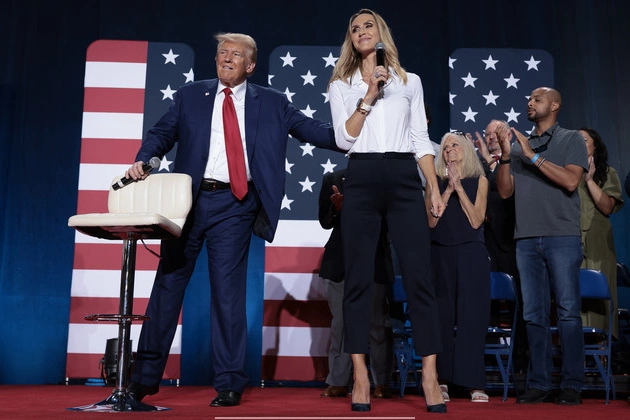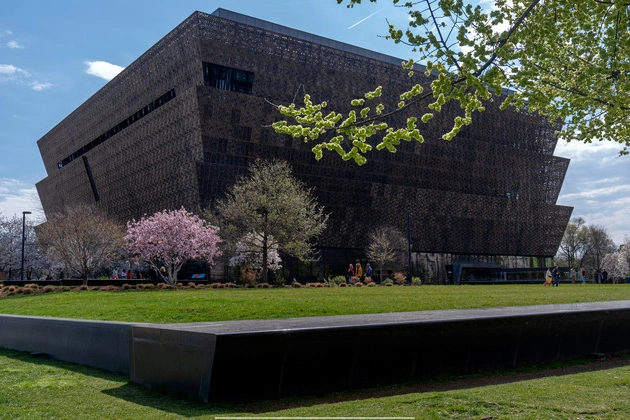
Vice President JD Vance has taken on a new role: eliminating what the White House deems as “improper ideology” from the Smithsonian. This task allows him to distance himself from progressive ideas he has long criticized, even before entering public office.
The vice president, a board member of the museum network, has been assigned to reduce funding for exhibits or programs that promote ideologies deemed inconsistent with Federal law and policy. These include those recognizing trans individuals, undermining shared American values, or fostering division based on race. These directives stem from an executive order signed by President Donald Trump behind closed doors.
The Role of JD Vance
This initiative adds to JD Vance’s growing list of responsibilities. Apart from overseeing the Smithsonian project, he has been tasked with brokering a TikTok deal and facilitating controversial nominations in the Senate. As a prominent communicator for the America First movement, Vance aims to advance his battle against progressive principles through this endeavor.
Despite its relative insignificance compared to his other duties, the Smithsonian project offers Vance a platform to address his concerns regarding progressive ideologies. He has long argued that such ideologies, especially those emphasizing systemic racism in the U.S., erode national pride and contribute to societal stagnation.
Vance’s Stance on Progressive Ideologies
For years, Vance has voiced his opposition to progressive ideologies, contending that they aim to control rather than correct systemic issues. In his view, these ideologies seek to instill shame about America’s heritage rather than address historical wrongs.
In his bestselling memoir ‘Hillbilly Elegy,’ Vance highlighted the diminishing sense of patriotism in the U.S. among individuals in his Appalachian and Rust Belt communities. He likened the loss of patriotism to losing a fundamental aspect of identity and community cohesion.
Transitioning from a critic of the America First movement to a Senate candidate, Vance increasingly attributed the decline in patriotism to ideologies like Critical Race Theory. He criticized universities for promoting narratives that vilify the country’s founding principles and historical legacy.
Political Response and Implications
The Republican Party has echoed Vance’s sentiments, with the Smithsonian becoming a focal point of their criticism in recent years. Efforts to curtail funding for specific museum projects and initiatives that allegedly promote divisive narratives have gained traction within the GOP.
In response to President Trump’s order, Republicans hailed the move as a step towards reinvigorating American pride and heritage within public institutions. Conversely, Democrats cautioned against politicizing institutions like the Smithsonian, emphasizing their role in preserving the nation’s diverse history and narratives.
As the debate continues over the Smithsonian’s direction and the broader cultural landscape, JD Vance remains at the forefront of efforts to shape the institution’s narrative in alignment with his vision of American values and identity.


